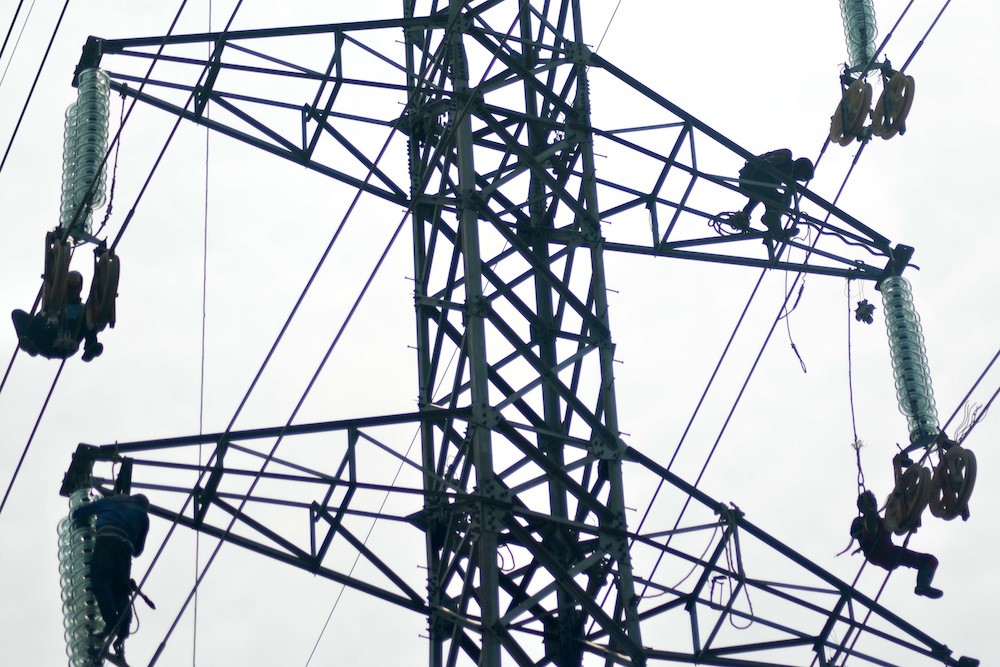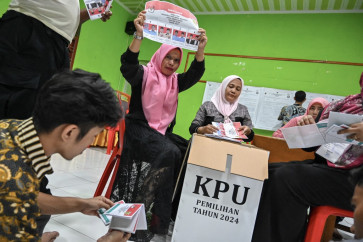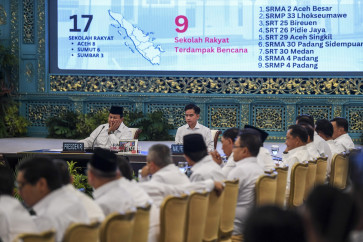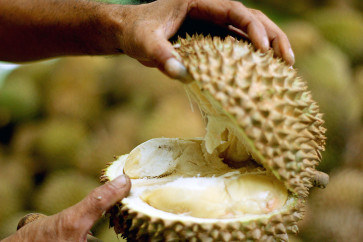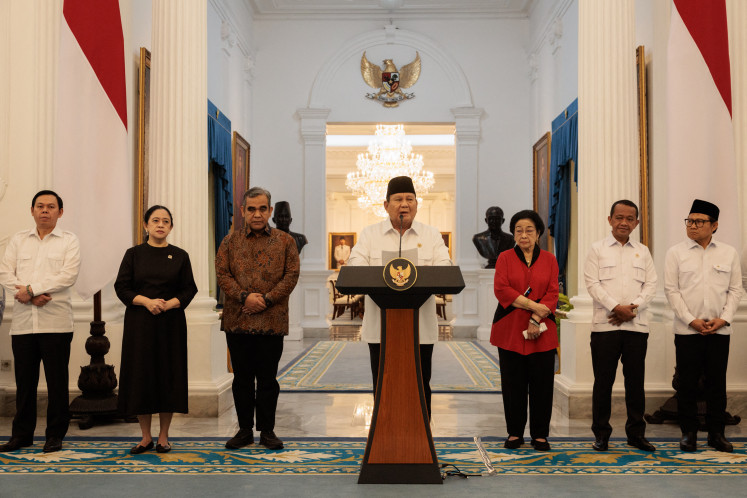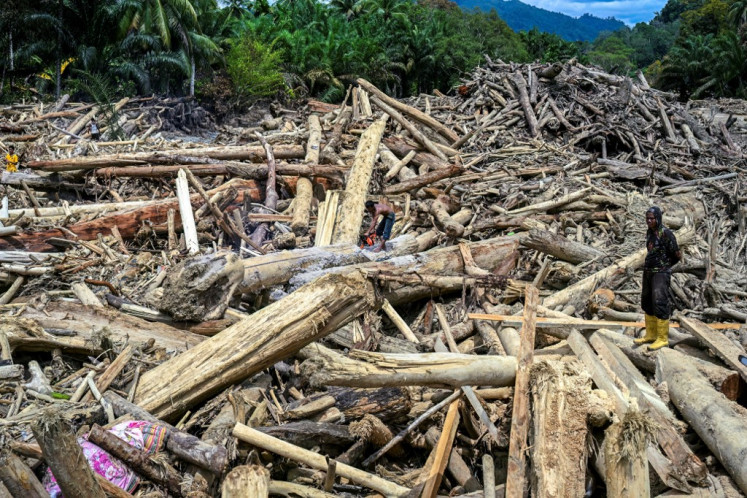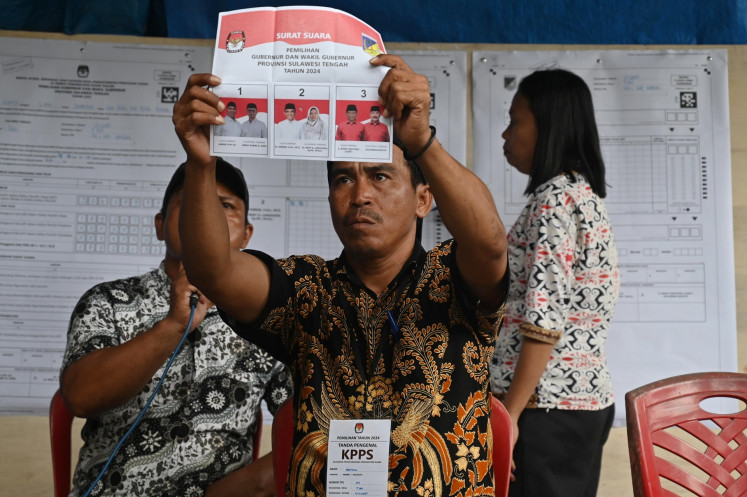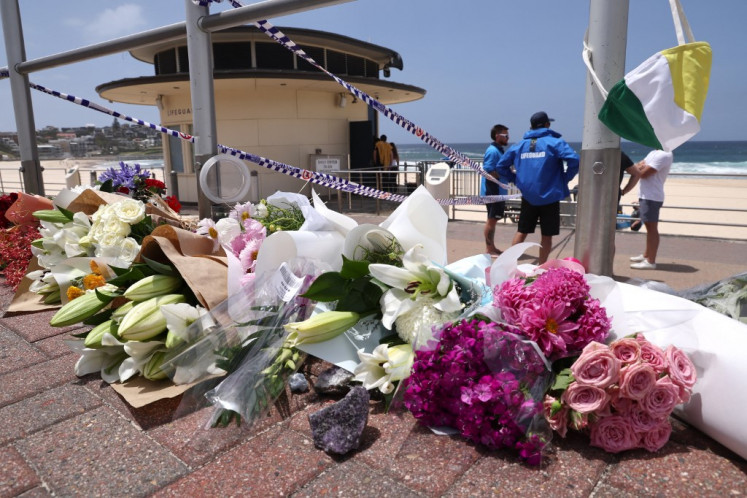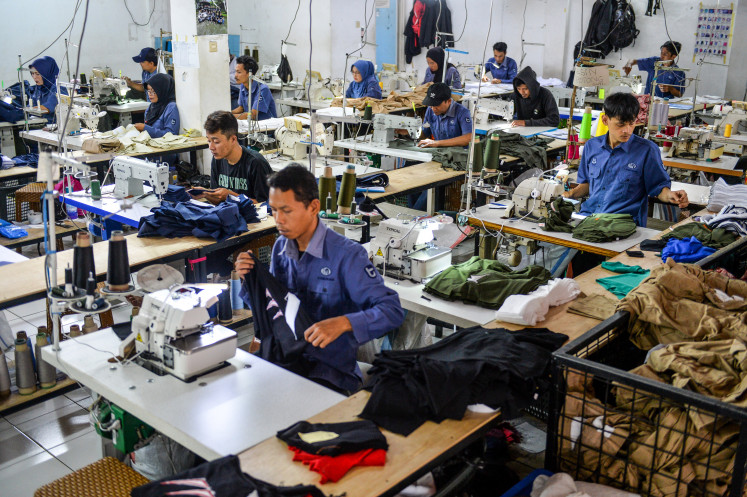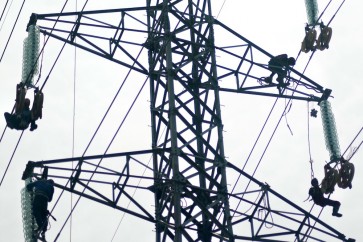Popular Reads
Top Results
Can't find what you're looking for?
View all search resultsPopular Reads
Top Results
Can't find what you're looking for?
View all search resultsA retrospect of Indonesia's power business in 2017
With regard to PLN’s revenue potential, 2017 has shown an alarming trend. Demand growth in 2017 is a mere 3.1 percent.
Change text size
Gift Premium Articles
to Anyone
W
e understood from the outset that realizing President Joko “Jokowi” Widodo’s dream of adding 35 Gigawatts (GW) in electricitygenerating capacity to the grid by 2019 is undeniably difficult. As 2019 is already peeking around the corner, and while I still support this project, my confidence in the completion of the massive power projects is decreasing.
By September 2017, only 773 megawatts of the 35 GW have entered the grid. The construction of another 15.2 GW is underway, and another 10.2 GW has reached the power purchase agreement (PPA) stage, but construction hasn’t begun. The point is, even in the utmost optimistic scenario, the potential additional electricity by 2019 is approximately 26 GW.
To expedite tenders, a new procurement method was introduced in 2017. Through the new mechanism, state-owned electricity company PLN can assign projects to its subsidiaries Pembangkitan Jawa-Bali (PJB) and Indonesia Power (IP) based on Presidential Regulation No. 4/2016 and its amendments (PR No. 14/2017).
PJB and IP may select co-investors at a later stage. Investors in the power sector acknowledge the trend that PLN has already given a number of significant large thermal plant projects to its subsidiaries. Through this scheme, PJB and IP request stakes of 51 percent in joint ventures with investors. A recent example of such project assignment is the PLTGU Java-3 combined cycle power plant, for which an open tender was held to select PJB’s co-investor.
This project assignment scheme is a game changer in our power business sector. If this scheme proves successful, it may make PLN’s business more sustainable, as PLN will be a direct or indirect owner of assets (not only an off-taker, as is currently common practice).
But with bigger returns come bigger risks. PLN (and its subsidiaries) should be anxious about the financial burden of putting up such a large portion of investment themselves.
This anxiety reflects clearly in several trends of 2017. The key point is that PLN and the Energy and Mineral Resources Ministry tried to cut electricity generation costs and to raise additional financing. First, the ministry tried to reduce electricity tariffs from independent power producers (IPPs) by setting ceiling tariffs (e.g. the maximum is 85 percent of the local electricity supply costs (BPP) for solar power).

